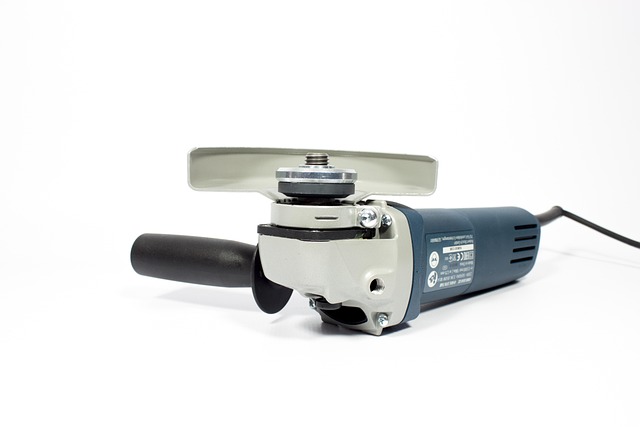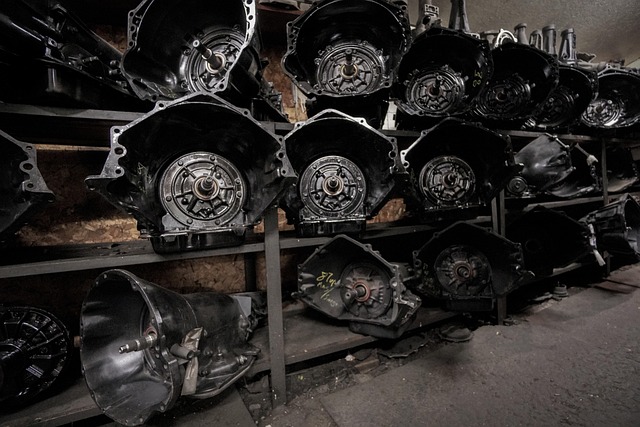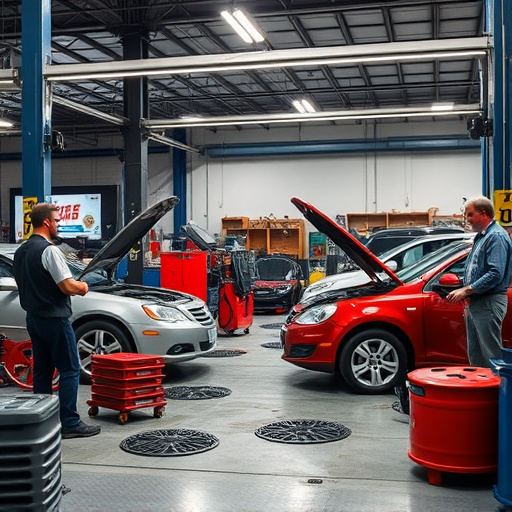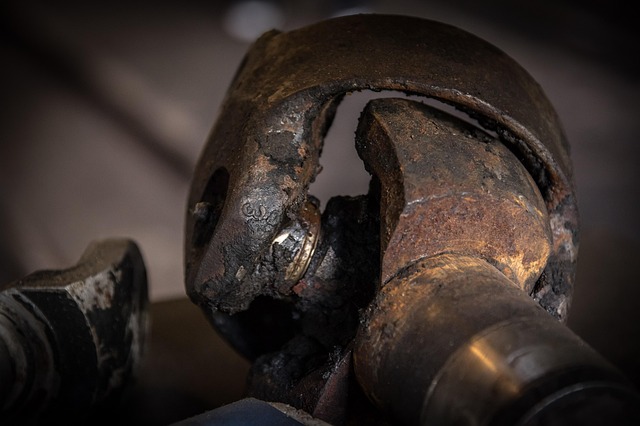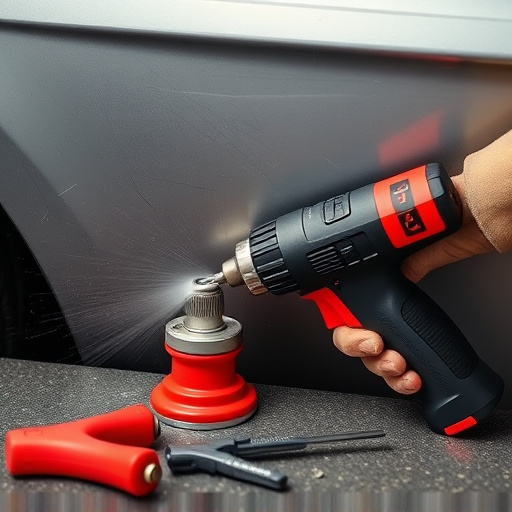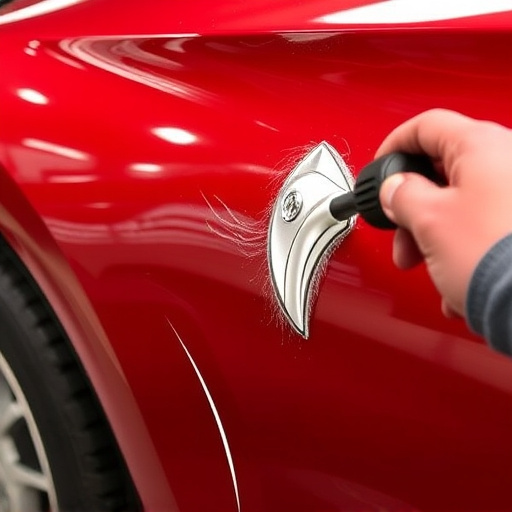The repair approval process is a critical step in auto body repair, ensuring high standards and safety. It involves trained technicians from shops assessing damage, performing repairs like fender or paintless dent repair, and insurance companies reviewing estimates to approve or deny. Efficient communication streamlines this process, leading to faster vehicle returns and enhanced customer satisfaction for services including auto painting, detailing, and glass repair. A well-defined approval process is key to a stress-free experience, facilitating timely and high-quality repairs.
Navigating the repair approval process for frame and structural repairs is crucial for ensuring building integrity and safety. This comprehensive guide delves into the intricate steps involved, highlighting key players from architects to contractors. We explore strategies for a smooth approval journey, emphasizing efficient communication and documentation. Understanding this process is essential for project managers, homeowners, and builders alike, aiming to streamline repairs while adhering to regulatory standards.
- Understanding the Repair Approval Process
- Key Players Involved in Structural Repair Approvals
- Ensuring a Smooth and Efficient Approval Journey
Understanding the Repair Approval Process
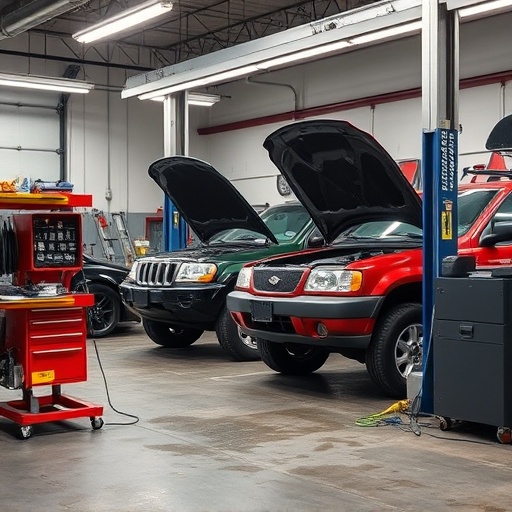
The repair approval process is a critical step in ensuring that vehicle repairs, especially structural and frame-related fixes, are carried out to the highest standards. It involves a meticulous evaluation of the damage, often requiring detailed assessments by trained professionals. This process guarantees that only authorized and necessary repairs are undertaken, aligning with safety regulations and manufacturer guidelines.
For auto body shops offering car paint services or vehicle dent repair, understanding this approval mechanism is paramount. It dictates the workflow, timelines, and resources required to complete a job. By adhering to the repair approval process, these establishments can maintain quality control, safeguard customer satisfaction, and foster trust in their capabilities, whether it’s for minor dents or more extensive frame repairs.
Key Players Involved in Structural Repair Approvals
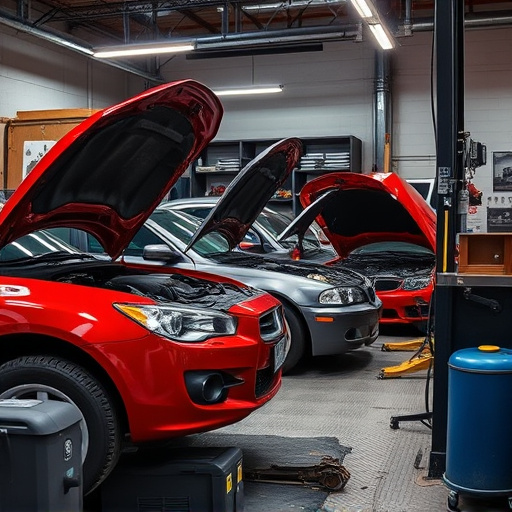
When it comes to structural repairs on vehicles, several key players are involved in ensuring the repair approval process is smooth and efficient. Primarily, this includes auto body shops, which are responsible for conducting the actual repairs. Skilled technicians in these shops assess the damage, perform the necessary fender repair or paintless dent repair techniques, and ensure the vehicle’s structural integrity is restored.
Additionally, insurance companies play a pivotal role in the repair approval process. They receive claims from policyholders, review the damage estimates provided by auto body shops, and approve or deny repairs based on their assessment. Effective communication between auto body shops and insurance providers is crucial to streamline the process, ensuring that approved repairs are carried out efficiently while adhering to cost constraints. This collaborative effort ultimately facilitates a faster return of damaged vehicles to the road, enhancing customer satisfaction in the auto painting and repair industry.
Ensuring a Smooth and Efficient Approval Journey

A seamless and swift approval process is vital for any frame or structural repair project, ensuring a stress-free journey for both repair specialists and car owners. To achieve this, a well-defined procedure should be established, beginning with detailed assessments and ending in prompt decision-making. This involves clear communication between all parties, from the initial consultation to providing necessary documentation.
By implementing an efficient system, repairs can be approved with minimal delay, allowing for timely restoration projects, be it for auto detailing, car restoration, or auto glass repair. Streamlining this process benefits everyone involved, resulting in satisfied customers and high-quality workmanship.
Navigating the repair approval process for frame and structural repairs is crucial for ensuring building safety and longevity. By understanding key players, their roles, and implementing efficient strategies, project managers can streamline this journey. Remember that effective communication, thorough documentation, and adherence to regulations are essential elements in achieving a successful outcome. In terms of enhancing this process, technology and collaboration among stakeholders play a pivotal role in expediting approvals, ultimately contributing to faster, more cost-effective repairs.




